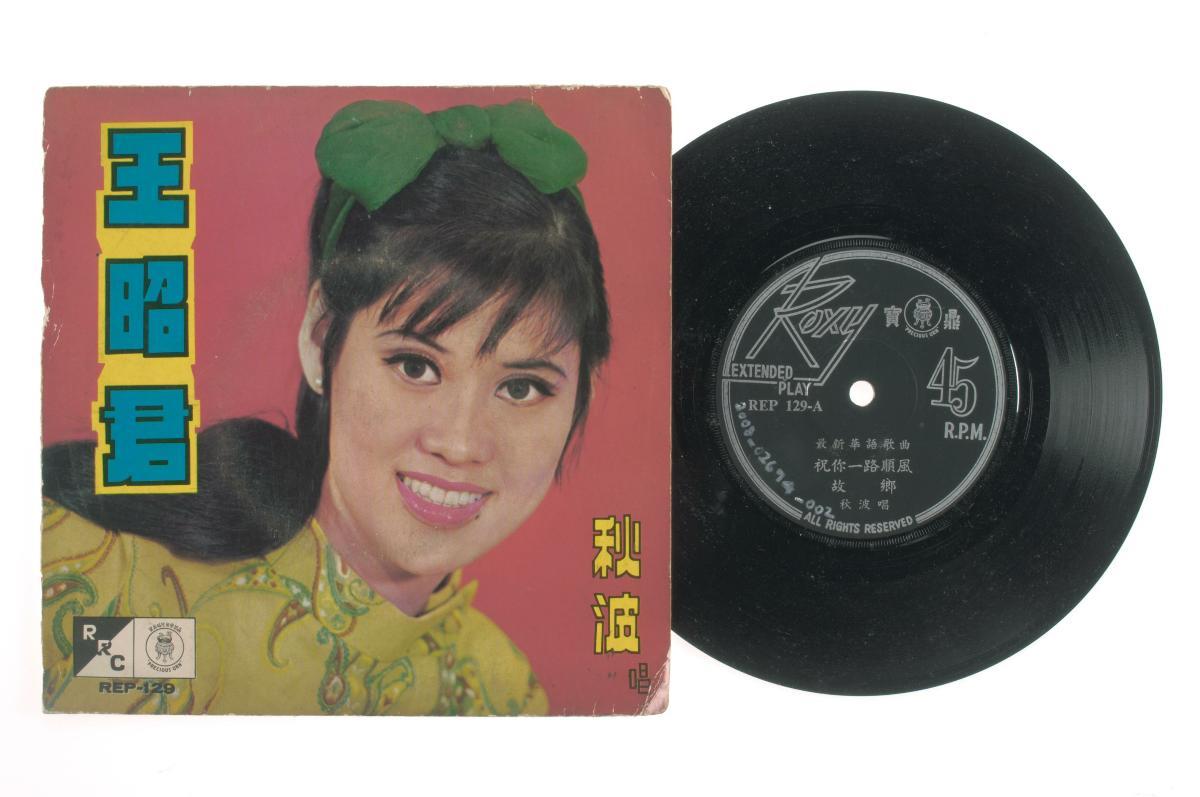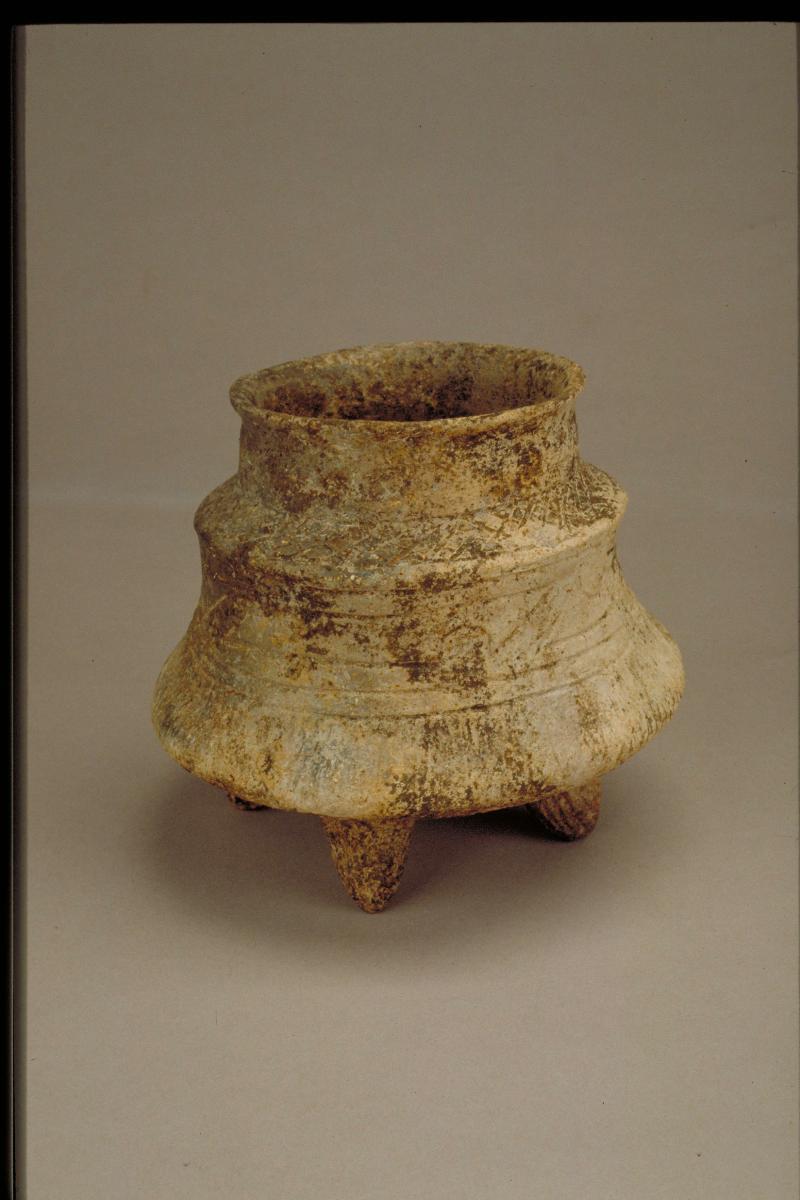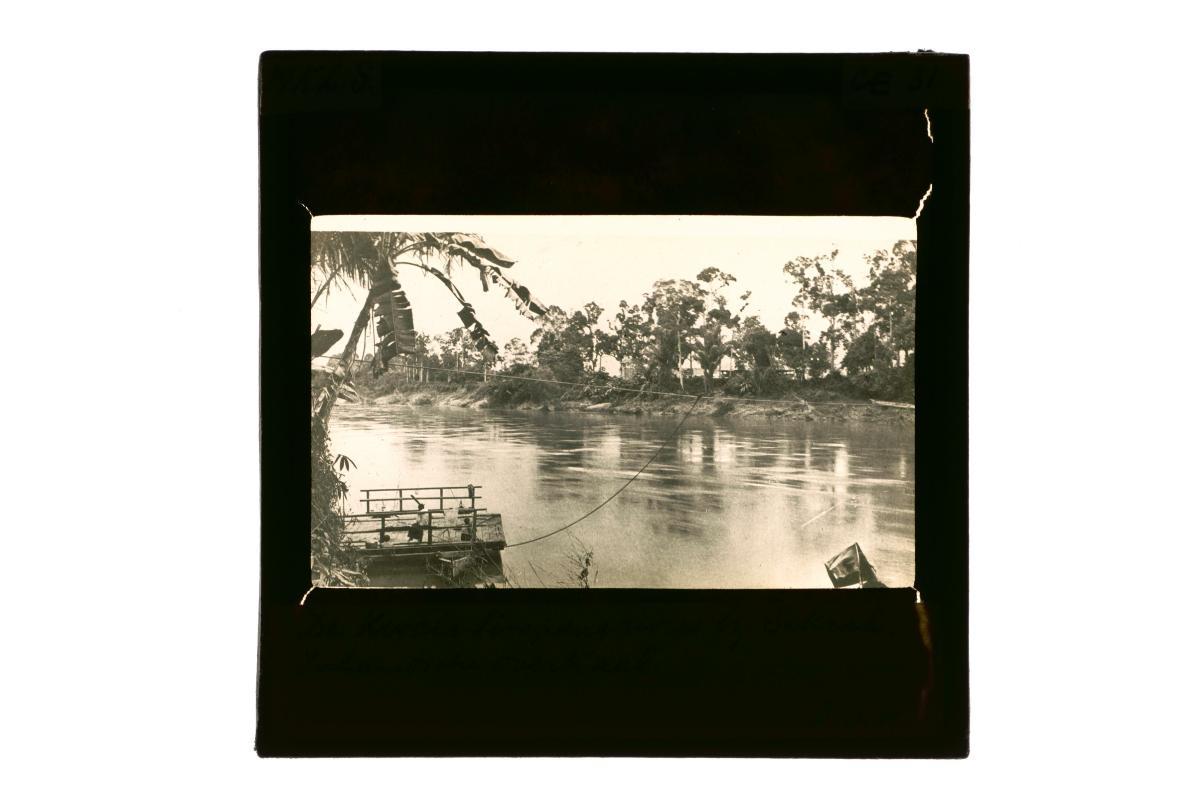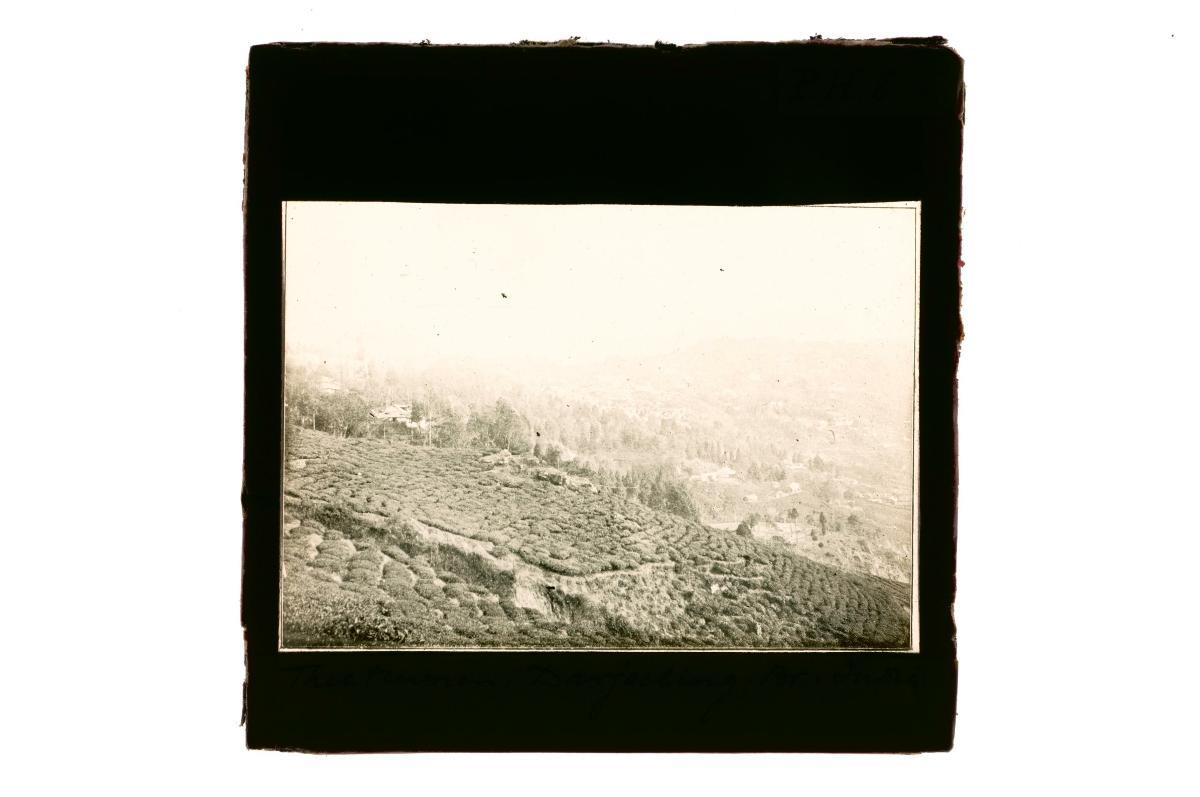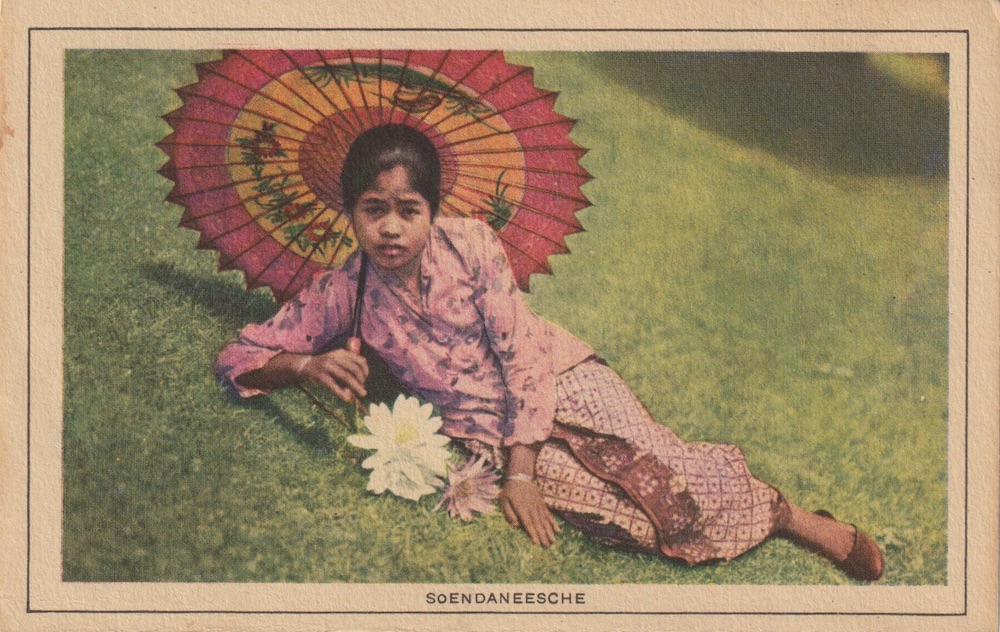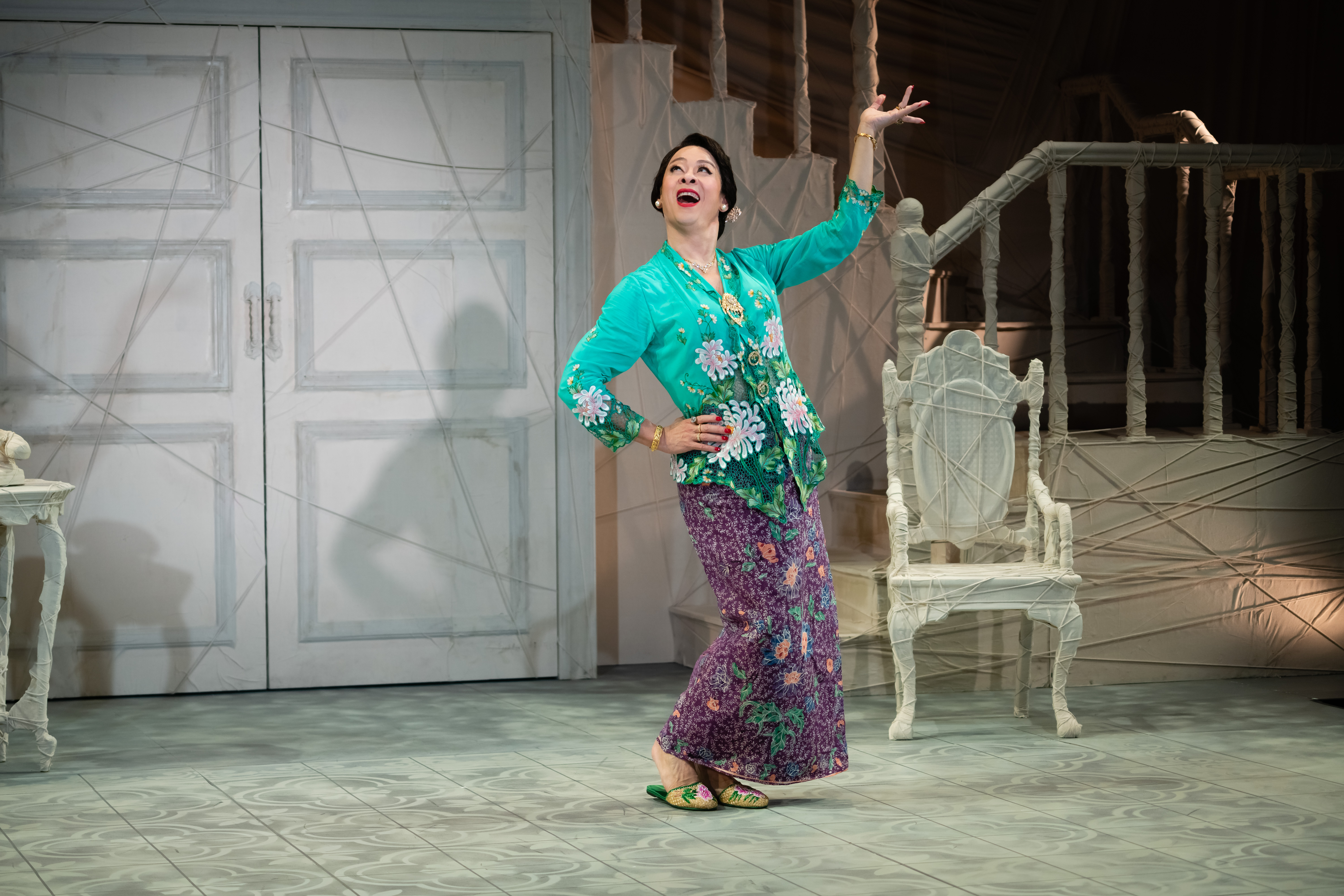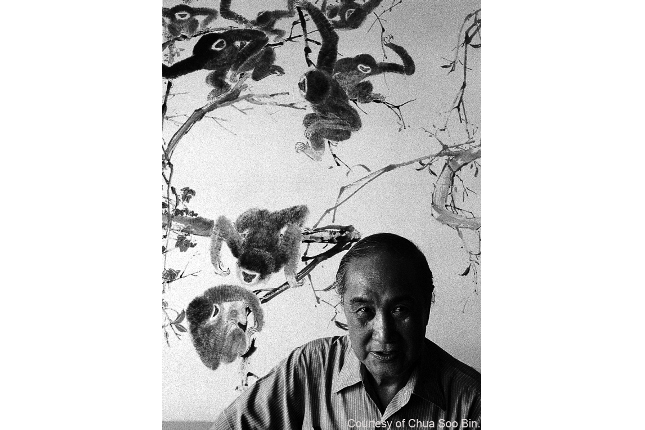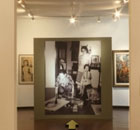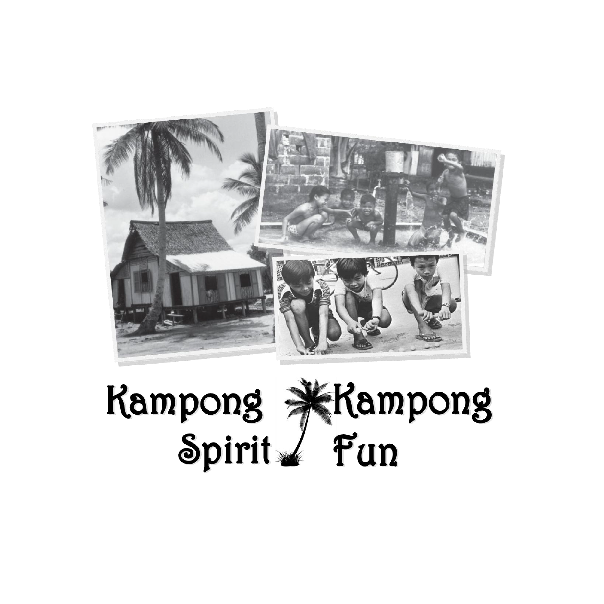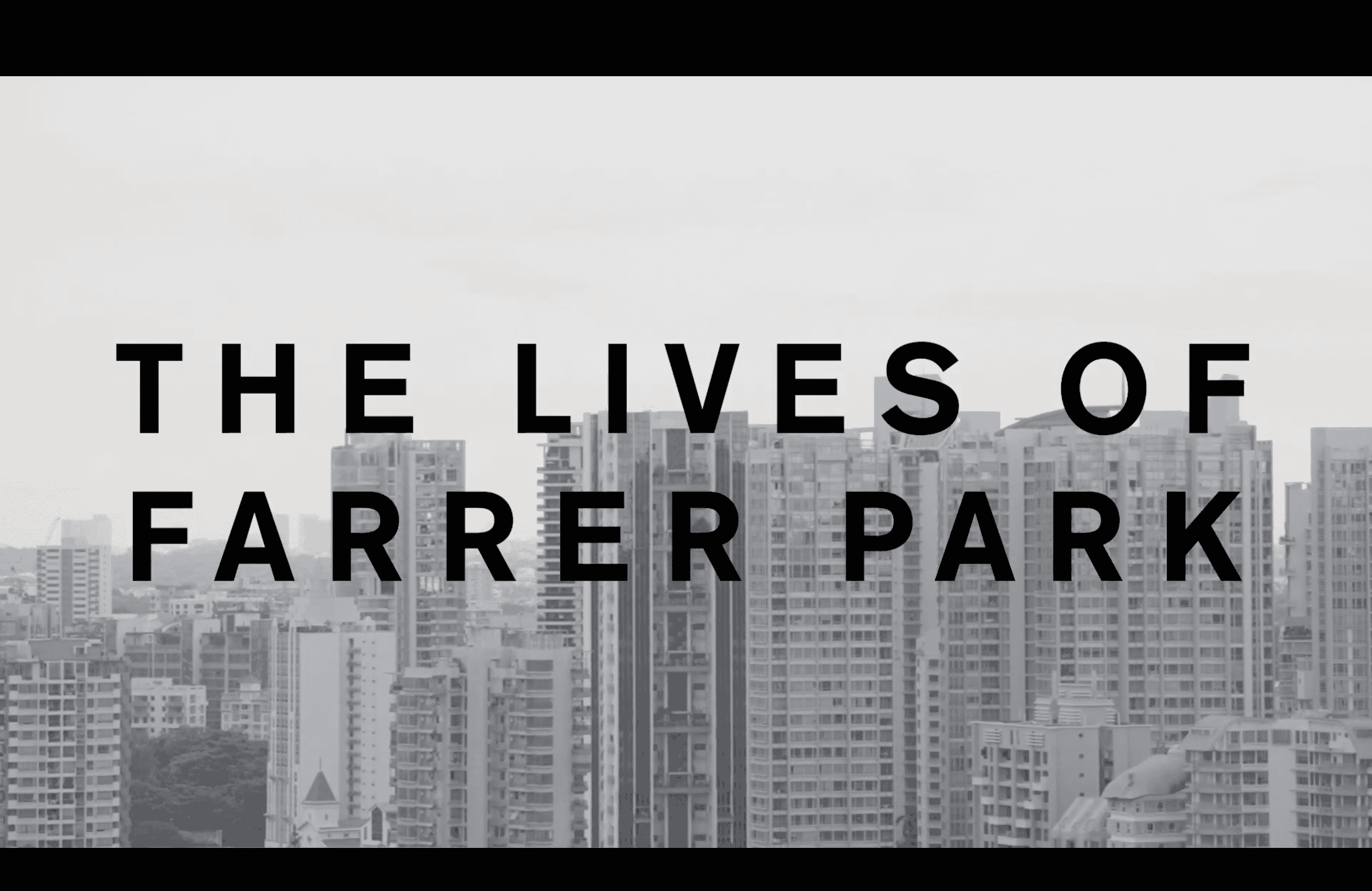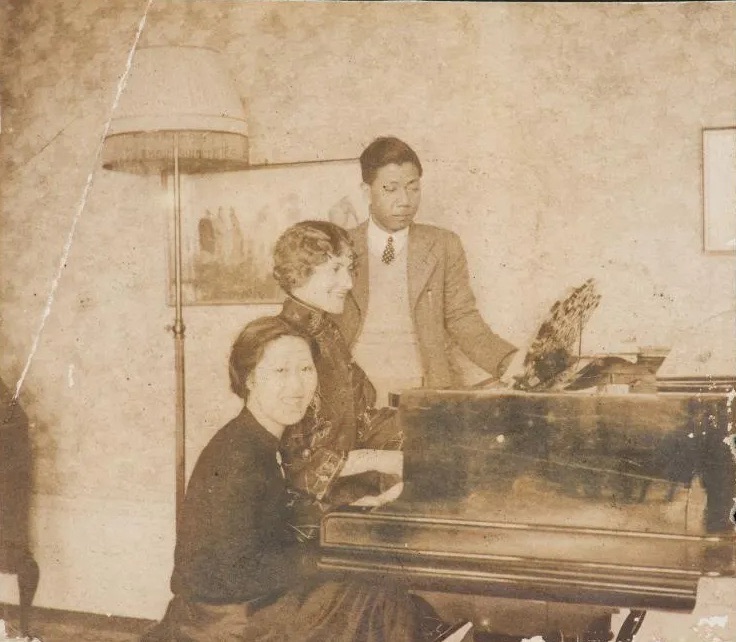The Chinese character denoting ‘double happiness’ is shown on the lower panel of this tok wi or altar cloth. It is flanked by a pair of birds on the one side, and a pair of fishes on the other. On the upper panel are four Chinese characters denoting wishes of loyalty and faith. This altar cloth was probably used as part of a wedding ceremony given the pictorial symbolism of martial bliss and harmony. This batik is part of a large group donated to the museum by the descendants of three generations of female batik makers from Pekalongan. It was made by the mother of the donors, Jane Hendromartono, the last of the three generations. Jane Hendromartono came from a family of batik makers in Pekalongan. She used many names in her lifetime. Her first batiks were created under her mother’s name, Nyonya Oeij Kok Sing (1895–1966). She began using her husband’s name, Liem Siok Hien, in 1947. From 1967 her works were marketed as Hendromartono’s Batik Art “Unique”, using her husband’s new Indonesian family name. She rarely repeated designs, and her highly individualistic style and inventive use of colour made her batiks popular at home and abroad.





